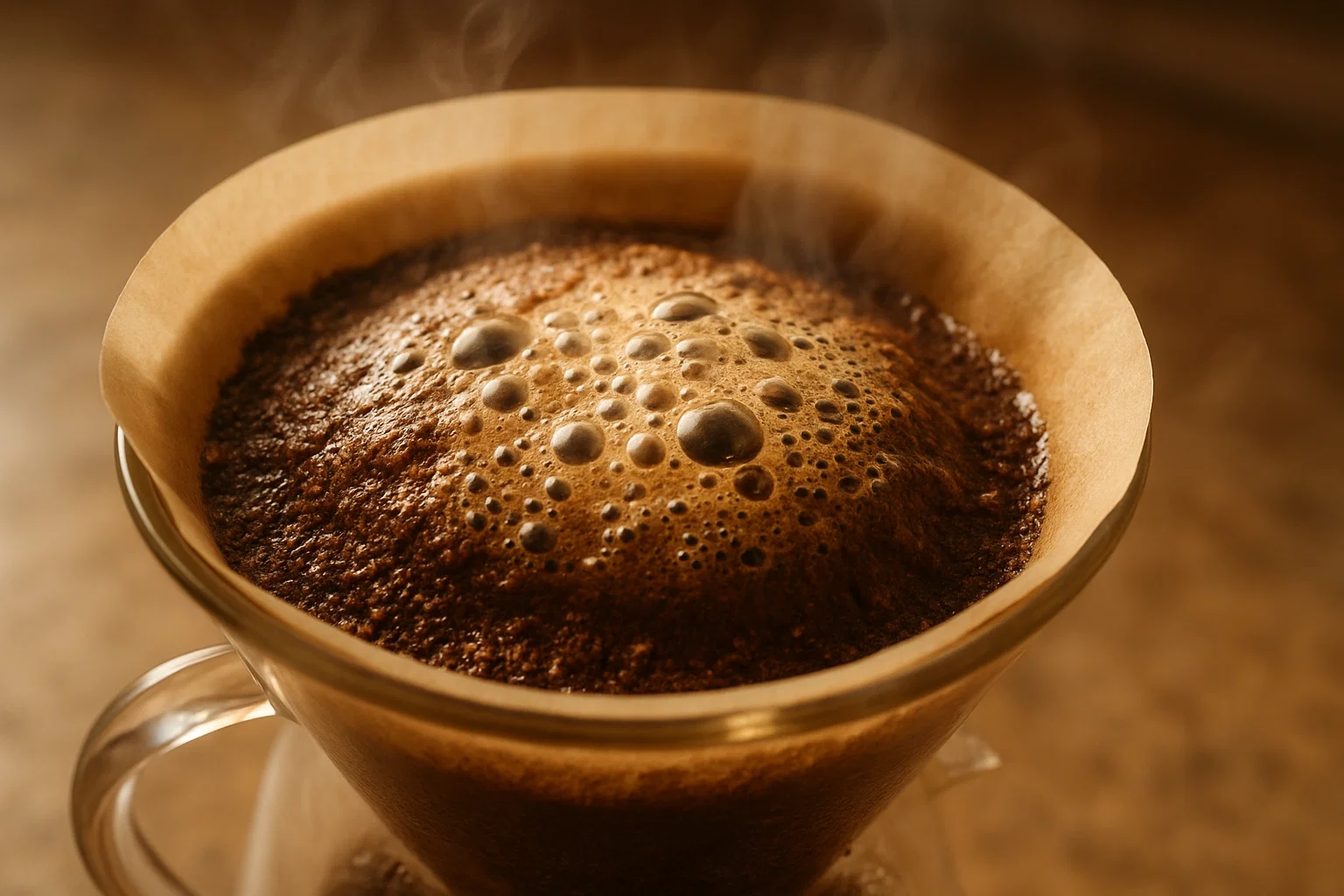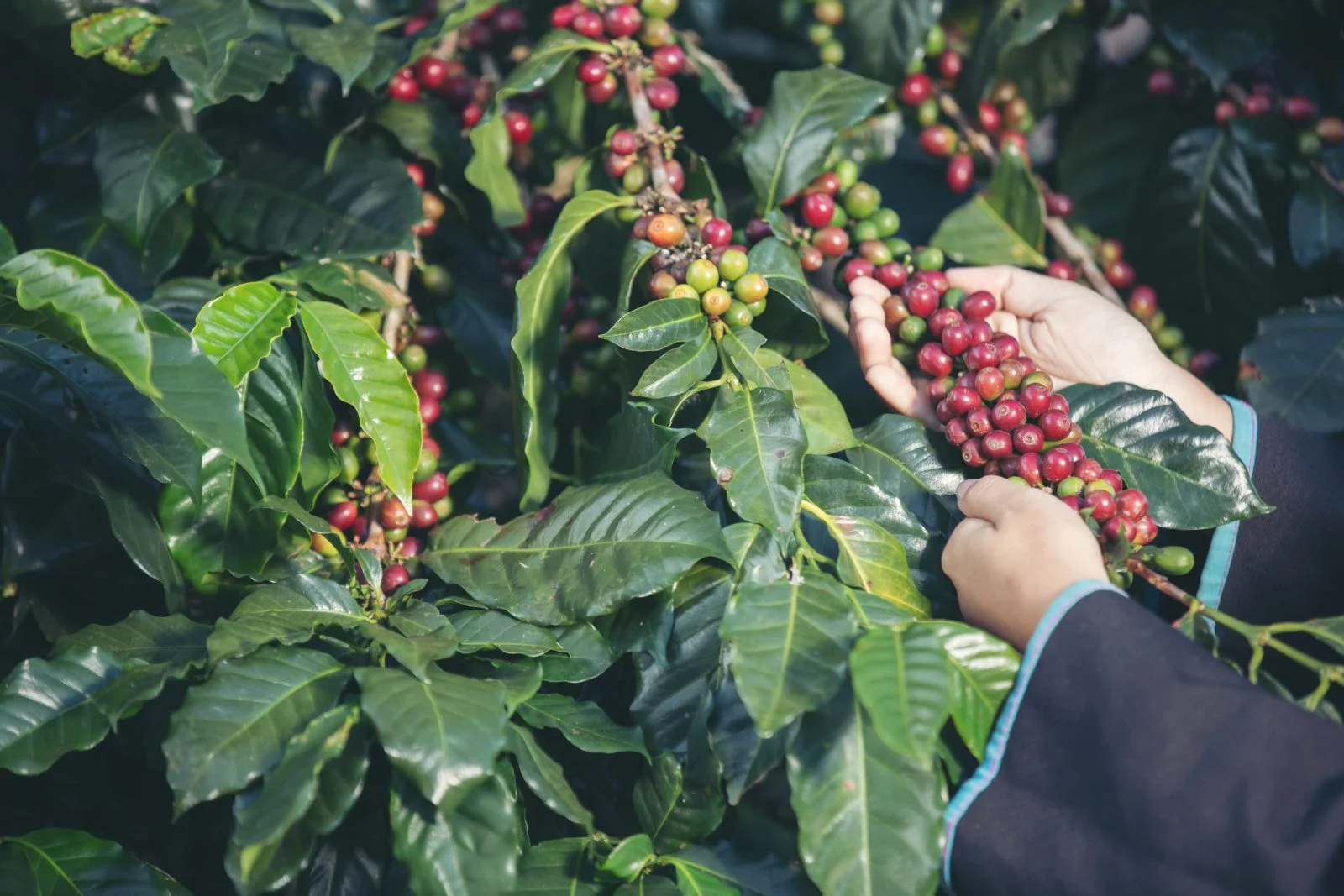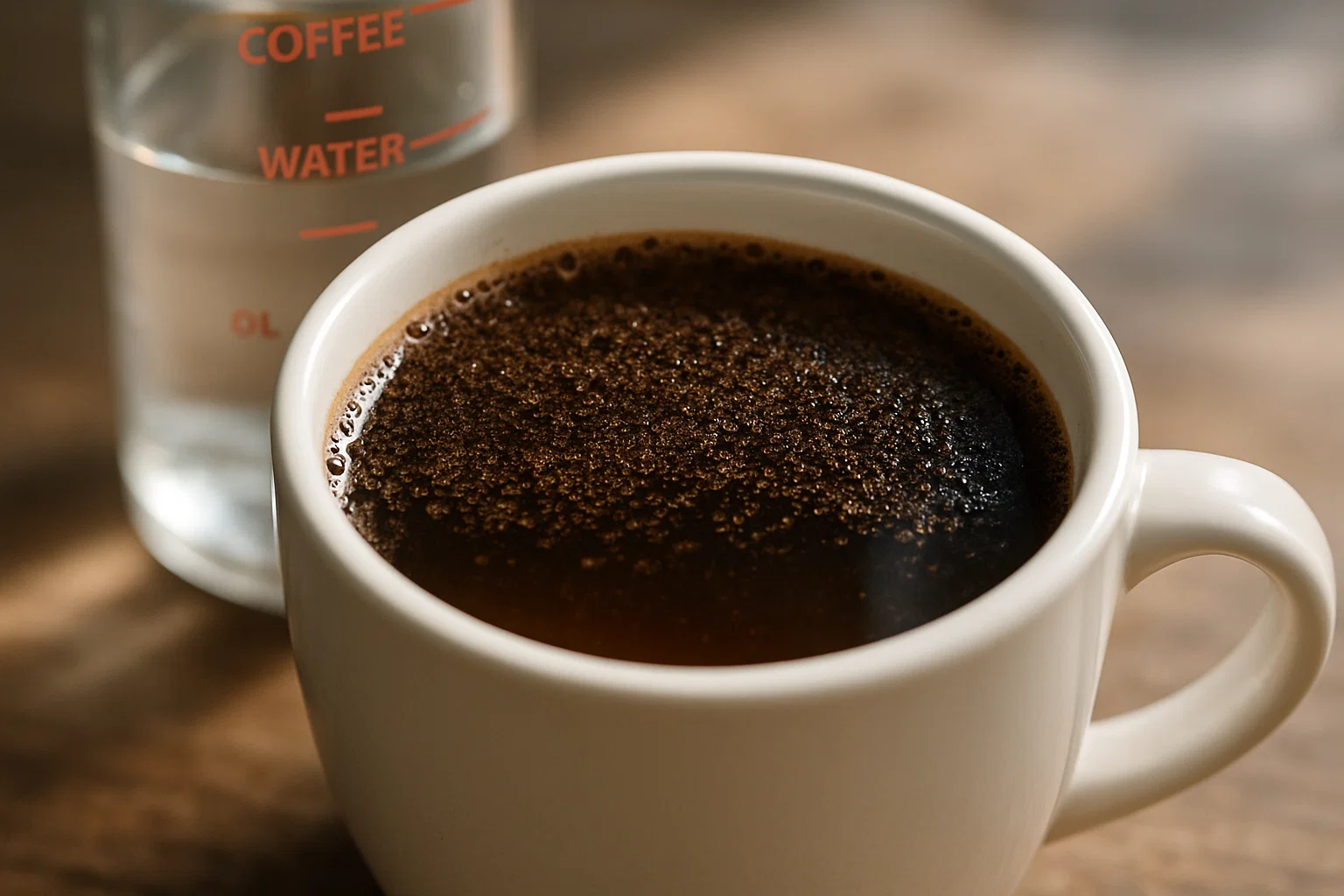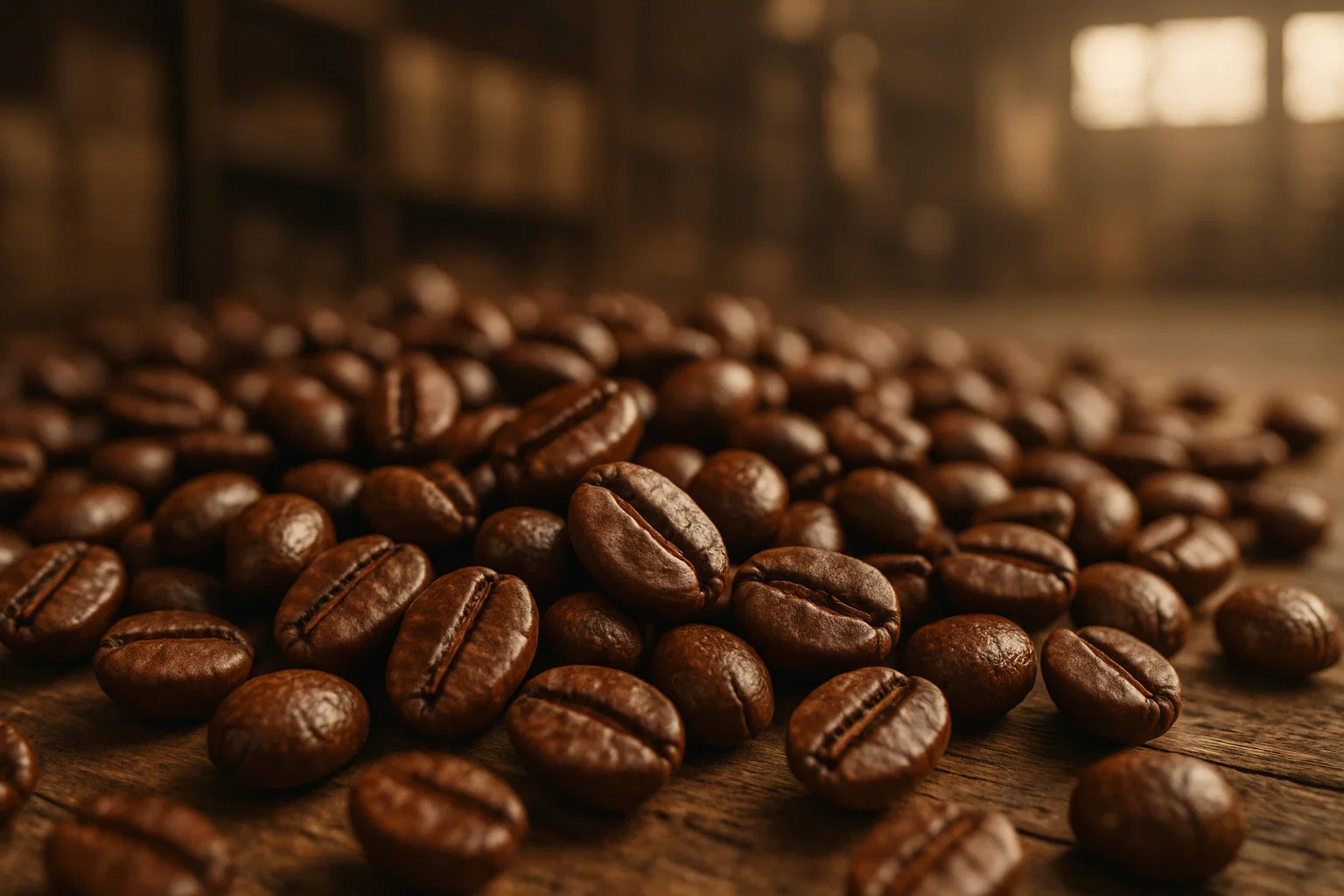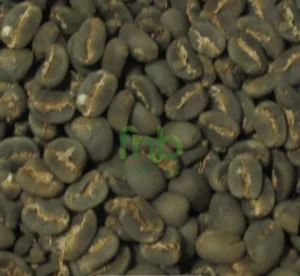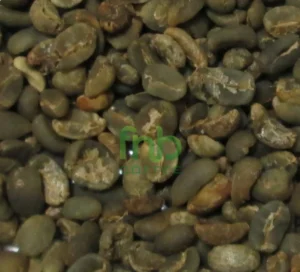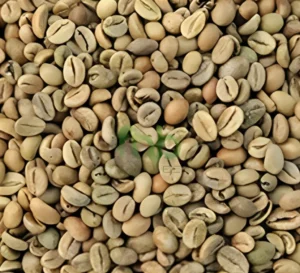Coffee is more than just a drink; it’s a ritual, a passion, and an art form. One of the most fascinating phenomena in the coffee brewing process is the coffee bloom. If you’ve ever brewed fresh coffee, you’ve likely seen this magic unfold as the coffee grounds puff up and release gases.
But what exactly is coffee bloom, and why is it so important to your brew? In this article, FnB Coffee will explore everything you need to know about coffee bloom, its causes, its significance, and how you can use it to elevate your coffee experience.
What Is Coffee Bloom?

Coffee bloom is the term used to describe the initial release of carbon dioxide (CO₂) from freshly ground coffee beans when they come into contact with hot water. This release of gas creates a bubble-like reaction that causes the coffee grounds to expand and puff up, creating a visually fascinating effect.
The chemical reaction that leads to bloom is the result of the natural gasses trapped within the coffee beans during the roasting process. After roasting, the beans are sealed with CO₂, and it remains trapped inside.
When the hot water is added during brewing, it begins to break the bonds that hold the gas inside the beans, leading to the rapid release of CO₂. The result is the bloom that you can see before the coffee starts to drip down into the brew.
Read also: What Is Pour Over Coffee? The Reasons Why You Should Try It
The Role of Freshness in Coffee Bloom
One of the most important factors influencing the bloom is the freshness of the coffee beans. Freshly roasted coffee beans will bloom more vigorously compared to stale or old beans. As time passes, the CO₂ trapped inside the coffee beans begins to dissipate, reducing the intensity of the bloom.
If you are brewing coffee from beans that have been sitting around for a while, you may notice that the bloom is less pronounced or may not occur at all. This is why freshly roasted coffee is always recommended for the best flavor and brewing experience.
Why Does Coffee Bloom Matter?
While coffee bloom may look like a simple aesthetic feature of brewing coffee, it plays a critical role in the overall flavor profile of your cup. The bloom is part of the first stage of the extraction process.
During this stage, the coffee grounds are hydrated, and the CO₂ is released. This is essential because it allows for more even extraction.
When the coffee grounds release the CO₂, they become more saturated with water. This enhances the interaction between the water and the coffee grounds, enabling the water to penetrate the coffee evenly.
Without a proper bloom, the water may not extract flavors uniformly from the coffee grounds, which could lead to an uneven or flat taste in your cup. Thus, achieving a good bloom can result in a smoother, more flavorful coffee.
How Bloom Affects Extraction
In addition to flavor, coffee bloom has a significant impact on the extraction process. Extraction is the process by which water dissolves the soluble compounds in coffee, such as oils, sugars, and acids, to create the flavor profile we enjoy. A well-executed bloom sets the stage for optimal extraction by allowing the coffee grounds to fully saturate and release their flavors over time.
If the bloom is too short, the grounds may not be sufficiently hydrated, which could result in under-extraction. On the other hand, if the bloom is too prolonged, you might experience over-extraction, which could lead to bitterness and unwanted off-flavors.
How to Identify Coffee Bloom
Signs of a Good Bloom
A good coffee bloom should be visually noticeable but not excessive. It should begin immediately after adding water and expand slightly, with bubbles rising to the surface. A healthy bloom is a sign that the coffee is fresh and that the extraction process is proceeding smoothly.
Some signs of a proper bloom include:
- Consistent bubbling: The coffee grounds should puff up evenly, and bubbles should form rapidly.
- Smooth expansion: The bloom should gradually expand in a controlled manner and not collapse too quickly.
- Even saturation: The coffee grounds should appear evenly saturated without dry patches.
Signs of an Over-Bloom or Under-Bloom
It’s important to note that not all blooms are created equal. An over-bloom or under-bloom can indicate that something has gone wrong in your brewing process.
- Over-Bloom: This occurs when the bloom rises too quickly or becomes too excessive. This may be a sign of excessive heat or too much water added too quickly. It can also indicate that the coffee grounds are too fine or the water flow is too intense.
- Under-Bloom: If the bloom doesn’t appear at all or is very weak, it could mean that the coffee beans are too old, or the water temperature is too low. This can lead to a less flavorful cup of coffee.
The Best Methods for Managing Coffee Bloom
Proper Grinding Size
One of the key factors in managing coffee bloom is the size of the coffee grounds. The grind size directly affects how well the water can interact with the coffee during brewing. A coarser grind will allow the water to flow more freely, resulting in a better bloom and more even extraction. On the other hand, a fine grind can lead to over-blooming, as the water struggles to penetrate the grounds properly.
For methods like pour-over, a medium to medium-coarse grind is typically best. For French press, coarser grounds are ideal to prevent over-extraction and ensure a healthy bloom.
Optimal Water Temperature and Flow Rate
Water temperature is crucial for managing coffee bloom. The ideal brewing temperature is typically between 195°F (90°C) and 205°F (96°C). Water that is too hot can cause the CO₂ to escape too rapidly, while water that is too cold may not activate the bloom effectively.
Similarly, the flow rate of water during the bloom phase is important. For pour-over methods, it’s best to pour in a slow, steady stream to allow the coffee grounds to fully expand and bloom. A slow pour helps ensure that the coffee grounds are evenly saturated, leading to a better flavor and extraction.
Read also: Why Indonesian Arabica Coffee is a Must-Try for Coffee Lovers
Common Mistakes to Avoid When Brewing Coffee Bloom
Using Stale Coffee Beans
One of the most common mistakes when brewing coffee is using stale coffee beans. As mentioned earlier, the freshness of the beans is critical for achieving a good bloom.
When coffee beans are too old, the CO₂ they release during brewing will be minimal, leading to a weak or non-existent bloom. Always use freshly roasted coffee beans for the best bloom and flavor.
Incorrect Brewing Methods
Using the wrong brewing method can also hinder the bloom process. For example, brewing methods that use too much water or an inconsistent flow rate can lead to poor blooms.
Make sure you’re following the correct brewing technique and using the right equipment to manage your bloom.
Conclusion: Mastering the Art of Coffee Bloom
In conclusion, coffee bloom is a critical part of the coffee brewing process that plays a major role in flavor and extraction. By understanding the science behind the bloom, the factors that influence it, and the best methods for achieving it, you can elevate your coffee experience to new heights.
So next time you brew your cup, pay close attention to the bloom. It’s more than just a visual cue; it’s the key to unlocking a world of rich, flavorful coffee!


